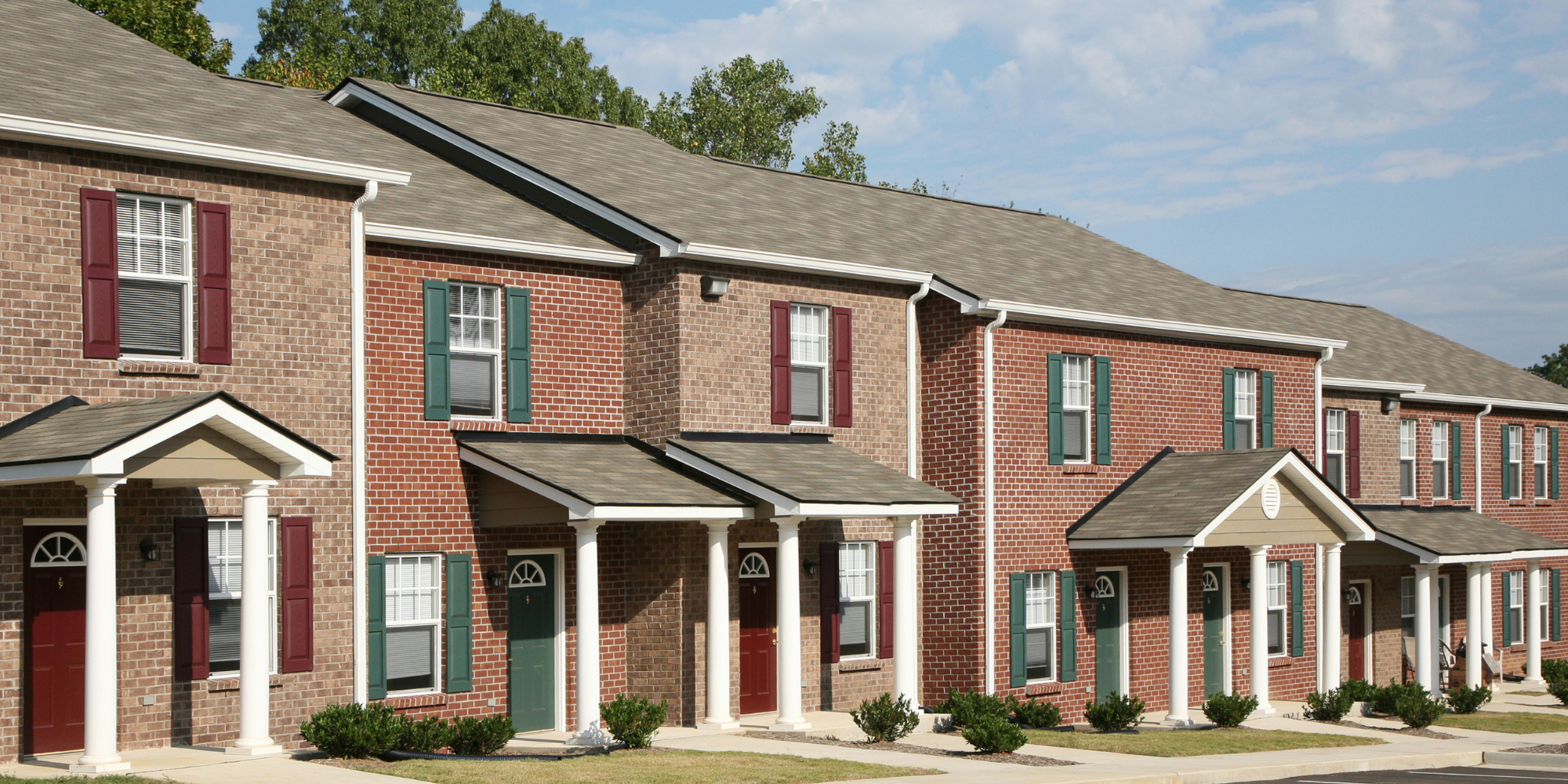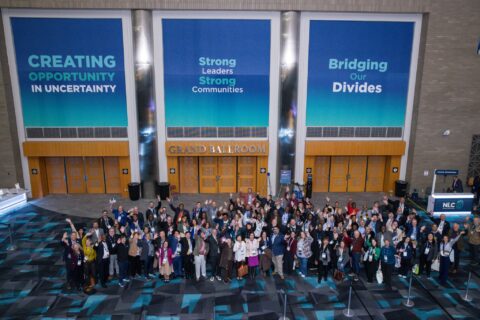“Shared equity housing” — including community land trusts, limited-equity housing cooperatives and deed-restricted housing programs — is having a moment right now. Policymakers and housing advocates alike are increasingly turning to shared equity housing as a means to deliver permanently affordable homeownership opportunities for communities nationwide. The surge in housing prices over the course of the COVID-19 pandemic is no doubt fueling some of this interest. As Harvard’s Joint Center for Housing Studies recently observed, “rents have soared across the country, but home prices grew even faster.”

Many communities have learned, however, that it is not enough just to have a community land trust (CLT) or other shared equity housing program operating in the area. To get the most benefit from those programs, municipalities must change policies and practices to support them. Getting those policies right can be tricky.
To understand some of the nuance involved, let’s consider a hypothetical community that has long operated a conventional subsidy program that aims to promote homeownership among low- and moderate-income households, while simultaneously strengthening disinvested neighborhoods. The program allows community development corporations (CDCs) to build or rehab modest homes for $200,000, but sell those homes to households earning up to 80 percent of area median income (AMI) at a price they can afford — in this case, $160,000. The $40,000 subsidy that is needed to fill the affordability gap comes in the form of a forgivable loan to the homebuyer. In exchange for the subsidy, the homebuyer agrees to a 15-year affordability period during which the property can only be resold to another income-qualified homebuyer. After 15 years, the home can be sold at market rate.
This program has done two things well. First, it has built wealth among the homebuyers it has served. After 15 years, the full down payment assistance is forgiven, and the homebuyers enjoy the full benefit of the market appreciation that has occurred on their home. Second, it has strengthened the neighborhoods where the housing is located. Nearby properties are being fixed up, and long-vacant homes are now occupied.
The program has also faced at least two challenges. First, each time the affordability requirements on a home expire, the city and its community partners have to scramble to replace it. It is becoming harder and harder to find properties that can be acquired and rehabbed (or demolished and rebuilt) at a cost that is low enough to offer them at an affordable price to an income-qualified family. Second, the strengthening condition of the neighborhood is driving up rents and home prices, leading many residents to worry about gentrification and displacement.
Now suppose that local residents have established a community land trust with the hope of locking in affordability for the long term and stemming the tide of displacement. Unlike conventional affordable homeownership programs, CLTs offer permanent affordability for the homes they sell. They do this by following two simple steps:
- They set the initial sales price of a housing unit at a price that a low- or moderate-income household can afford, and
- They require that each time the home is resold, it is sold to another income-qualified household at an affordable price.
In this way, CLTs, like other shared equity housing models, ensure that the homes they sell aren’t just affordable to their initial occupants, but to generation after generation of homeowners thereafter.
The CLT promises to change the dynamic in the neighborhoods where it operates. Like a conventional homeownership program, the CLT is helping to strengthen the neighborhoods it serves. However, unlike a conventional homeownership program, the CLT is countering displacement, rather than contributing to it. The affordability restrictions it imposes ensure that low- and moderate-income households — who have long resided in these neighborhoods — will always be part of them.
Achieving lasting affordability, however, comes with a trade-off. The wealth-building gains that CLTs produce are more modest than those resulting from conventional homeownership programs. This is because homeowners can only sell their homes at a price that other low- or moderate-income households can afford. Incomes tend to increase over time, so this allows for modest appreciation in home prices, but it is almost always less than the amount of appreciation that market-driven increases would allow.
Adjusting Municipal Policy
Now suppose that the local government wants to support the community land trust through municipal policy. One plausible and seemingly supportive move would be to make the CLT eligible for the same per-unit subsidy that is available to buyers under the conventional homeownership program. This would allow the CLT to sell its homes at the same affordable price that buyers can get from community development corporations serving the same neighborhoods.
Perhaps surprisingly, a policy that subsidizes CLT homes to the same extent as non-CLT homes probably does not go far enough. Consider the choices available to a prospective homebuyer: They could buy a home from a CDC or a CLT. The CDC home costs $200,000 but comes with $40,000 in down payment assistance, so that the homebuyer only needs $160,000 in conventional financing to purchase the home. The CLT uses a subsidy from the city to lower the purchase price of its home to $160,000 — the amount the homebuyer can afford. So far, then, the two deals look very similar to a homebuyer. In both cases, they need to take out a conventional loan for $160,000 to purchase a home.
Consider, though, what happens when it is time to sell the home. After 15 years, the traditional homebuyer is free to sell the home at market rate, enjoying the full appreciation on what was once a $200,000 home. For the CLT home, however, the homeowner’s equity gains are more limited. A resale formula would determine the maximum amount that the homeowner could charge for the home based on what a low- or moderate-income household could afford.
From a prospective homebuyer’s perspective, purchasing a CDC home offers the potential of a significant payoff down the road, while the payoff from a CLT home is much more modest — by design. Under these circumstances, it would be very difficult for a CLT to compete with CDC homes on an individual basis, despite the significant benefits they bring to a community as a whole. Accordingly, the plausibly supportive municipal policy of offering CLTs the same level of subsidy that CDCs enjoy does not go far enough to support CLT operations.
Indeed, it falls even shorter when one considers the deeper income targeting that CLTs often pursue. With a mission to serve low-income neighborhood residents and prevent displacement, CLTs commonly house households earning just 50 percent of area median income. To do this, they need even more subsidy dollars than organizations targeting households earning moderate incomes (e.g., 80 percent or more of area median income).
There are many ways to solve this policy issue. The City of Houston provides a useful example of one approach. It offers a modest, forgivable loan to income-qualified homebuyers who purchase market-rate homes that are subject to affordability requirements for just five years. Through its city-supported community land trust, the Houston offers much more substantial assistance to homeowners who purchase a home and agree to place it in the CLT for permanent affordability.
This approach right-sizes the trade-off between community investment and community benefit involved in each kind of purchase. When a homebuyer makes modest and short-term promises to maintain affordability, the public subsidy is also modest. When a homebuyer makes the substantial commitment to keep a home affordable in perpetuity for the benefit of the community, the community’s investment is similarly substantial.
Shared Equity Housing Policy Audit
There are many other ways local governments can support shared equity housing. However, there are also many nuances involved in getting that municipal support right. The National League of Cities has partnered with Grounded Solutions Network to offer a limited number of communities a “Lasting Affordability Policy Audit.”
This audit will provide a desk review of municipal policies and practices in five areas and suggest reforms to strengthen the community’s support for shared equity homeownership. Where appropriate, the audit will highlight opportunities to advance racial equity in the design and administration of these policies as well. Areas subject to review include:
- Land disposition policies and practices
- Funding and financing policies and practices
- Development incentives and requirements
- Property taxation practices
- Cross-program coordination
By leveraging the Help Desk on Shared Equity Homeownership, city leaders can take the first important step in ensuring that their community is well-positioned to make the most of the long-term benefits that shared equity housing models have to offer. With proper implementation, cities stand to foster more equitable and affordable homeownership opportunities for generations to come.
Request a Lasting Affordability Policy Audit for Your City
Submit questions about shared equity homeownership or request a Lasting Affordability Policy Audit for your city through NLC and Grounded Solutions’ Help Desk on Shared Equity Homeownership.

About the Author
Matt Weber was the State and Local Policy Senior Specialist at Grounded Solutions Network.








